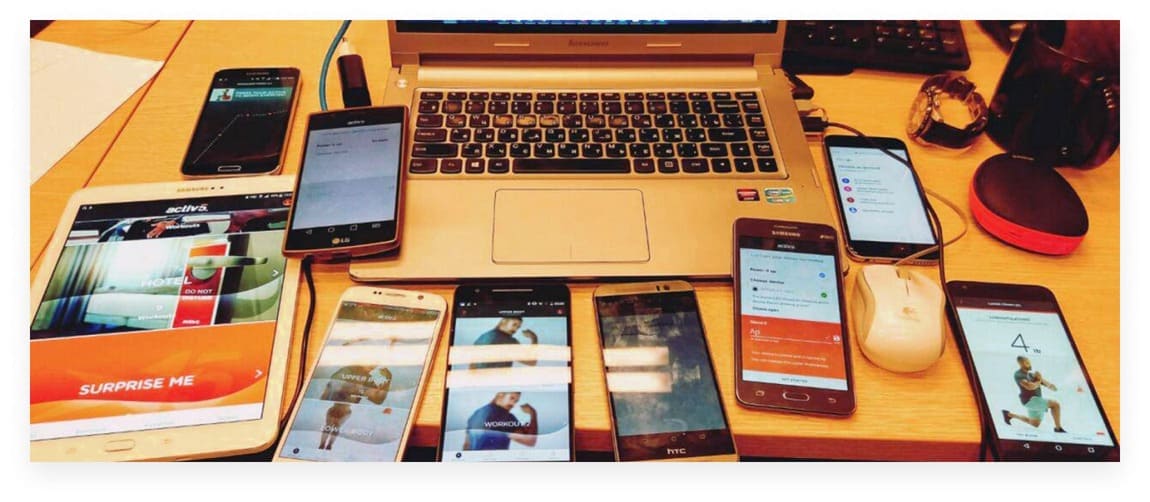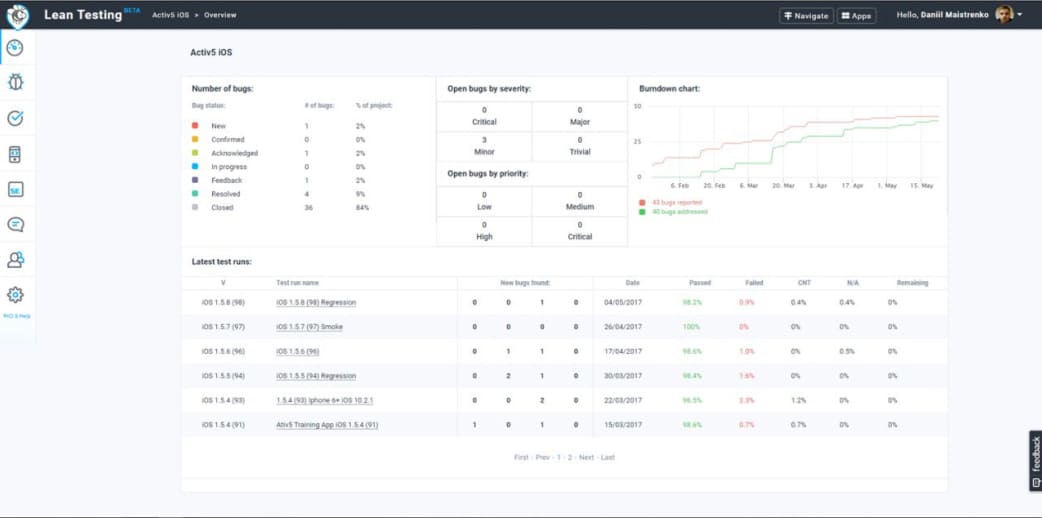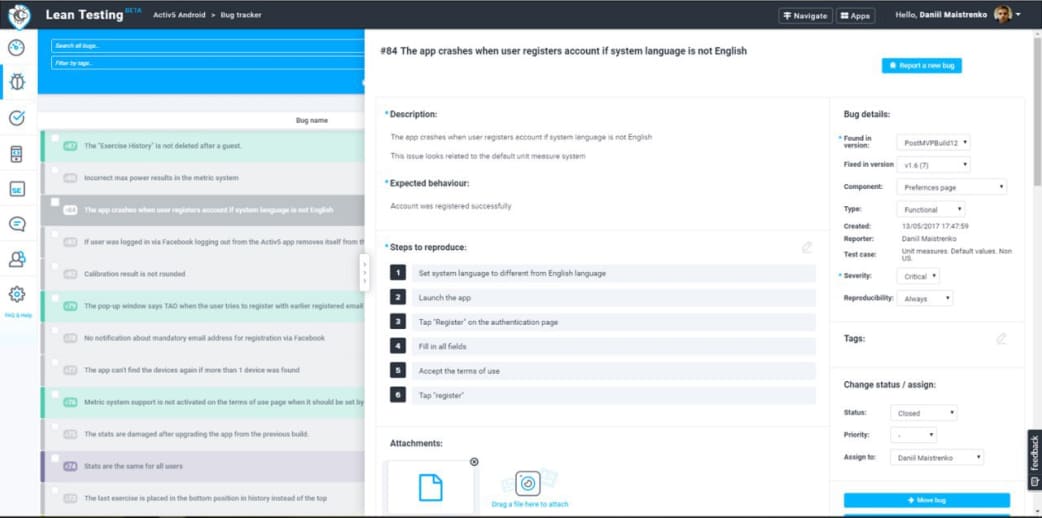Our client is a portable workout device and mobile app that coaches its users through low impact, isometric workouts in as little as five minutes per day. It measures and tracks the performance of its clients and offers various fun games you can play while exercising.
Why Was Testing Needed?
Our client approached us at the point when their popularity grew, the app was undergoing constant changes, new functions and additional features were added, new workout games developed. In order to widen its audience and make sure every user stuck to the app, developers had to pay special attention to the quality and usability of its product.
The application needed to be:
The client asked us to perform manual functional testing as well as test automation on iOS apps.
How Did We Start?
We started our project with manual testing, as the quickest way to ensure the quality of the product in the beginning.
Goals:
Through the course of our work, we used Charles Proxy for API testing, Xcode and Android Studio for recording all logs. We were distributing test builds via Testflight, Crashlytics, and Google Alpha.
Work Process
Testing Automation for iOS and Reasons for Choosing Appium
In addition to functional testing we realized Test Automation for iOS apps. When choosing our approach to automation, we were considering two main options: Appium and XCUTest. We have decided to use Appium, which is a test framework based on Selenium and JsonWireProtocol.[DM1] When choosing from a multitude of tools and frameworks we have opted to go with Appium as it helped us significantly reduce the cost of test automation for our client.
Testing the Interaction Between the App and the Device
One of the key features of this project was the fact that this is not a simple app, it is an application for a portable fitness device connected via Bluetooth; therefore, we had to test the interaction between the app and the device itself. In addition to typical Functional Testing and Test Automation app testing of the main functionality, we had to include mobile phones Bluetooth compatibility and stress tests into this project and use specific programs like BLE.
Key Challenges of This Project
One of the challenges of this project had to do with the initial submission to the App Store. One of the cases on those guidelines was that the App should work in Ipv6 only networks. In order to properly test for compliance with all App Store Review Guidelines, we had to test the behavior of the app in the IPv6 network.
Another issue we came across was working on a multinational team across different time zones. Android, iOS and Game applications were developed by three separate teams located on three different continents. At the onset of the project, it was rather a challenge trying to link them up. However, using Agile methodology, we managed to successfully integrate our QA team into developers’ regular sprints.
Feedback
Our client approached us at the point when their popularity grew, the app was undergoing constant changes, new functions and additional features were added, new workout games developed. In order to widen its audience and make sure every user stuck to the app, developers had to pay special attention to the quality and usability of its product.
Key Project Results
This is partially due to the fact that in addition to normal functional and regression testing and regular test model optimization, our team constantly analyzed user reports, thus ensuring good experience by all end users.
Key Success Factors
Related insights in case studies
From Weeks to Hours: Accelerating Data Masking and Enabling Easy B2B Data Sharing for a Leading Bank
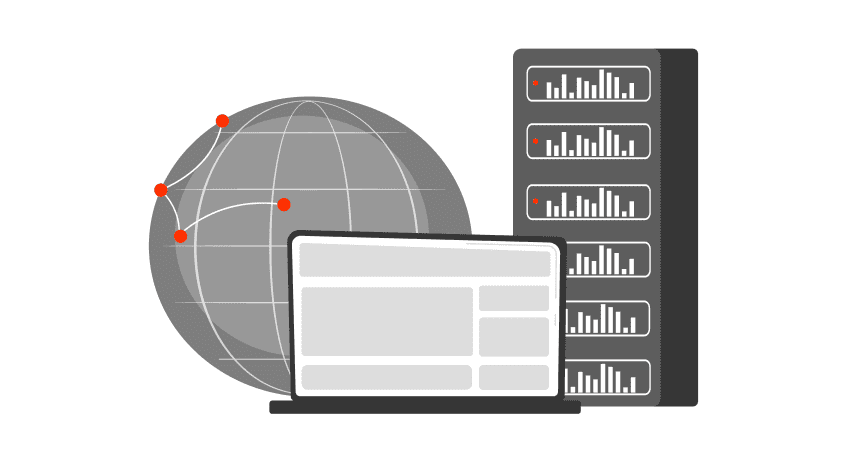
A leading bank, ranked among the top 20 in its market, provides services to millions of customers daily. Staying at the forefront of this competitive market requires not only stable and updated infrastructure but also rapid feature delivery to maintain the highest service quality. Challenge The bank faced a critical challenge in enabling safe sharing […]
Leading Oil & Gas Innovator, NOV Excels with Real-Time Drilling Data After Load Testing
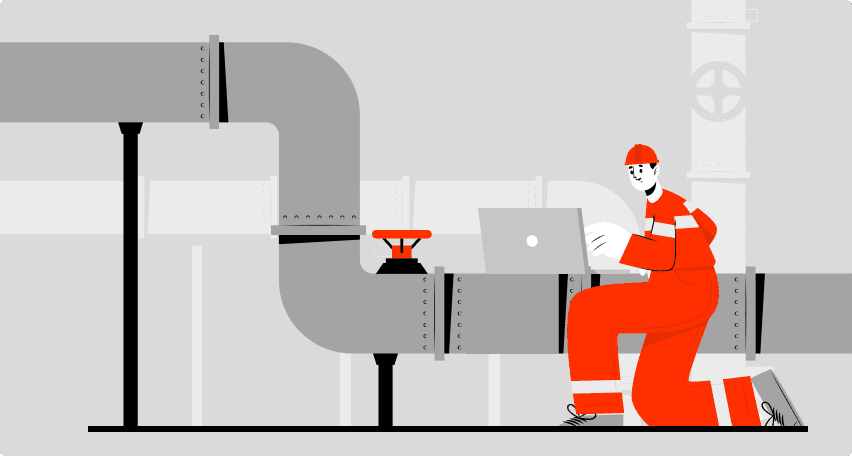
NOV, a renowned global provider of equipment, components, and IT products for the oil and gas industry, which is located in Texas, USA, empowers extraction companies worldwide with innovative technological solutions that enable the safe and efficient production of abundant energy while minimizing environmental impact. Under its CTES brand, NOV offers a range of IT […]
From Hundreds to Thousands: Scaling MEFA Pathway Software for Mass Student Registration
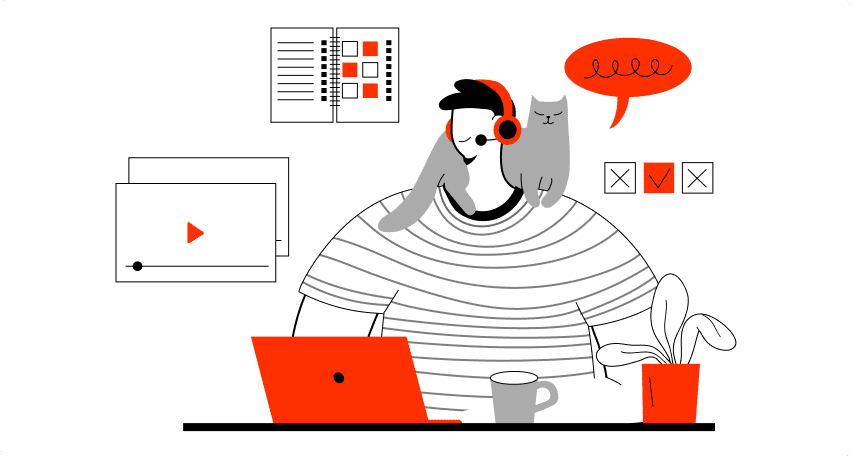
FolderWave, Inc. is a leading digital services provider in the Massachusetts e-learning sector. It aids millions of students in researching and planning a job-oriented education. The company delivers IT solutions, platforms, and services in partnership with notable non-profit organizations like MEFA Pathway and College Board, which connect a vast network of colleges, schools, and universities […]
How Load Testing Helped Texans Survive Power Outages During a Storm

Background The largest electric distribution cooperative in Texas and the United States, Pedernales Electric Cooperative (PEC), had to test its new software systems, the Storm Center and the OR&S (Outage Reporting & Status), before the release to ensure their adequate performance under peak load. Challenge PEC had a strict release deadline and needed to test […]
Be the first one to know
We’ll send you a monthly e-mail with all the useful insights that we will have found and analyzed
People love to read
Explore the most popular articles we’ve written so far
